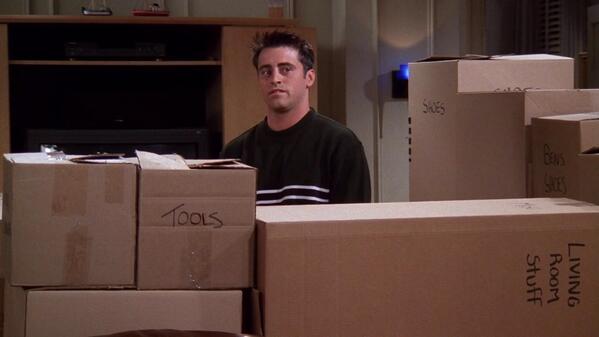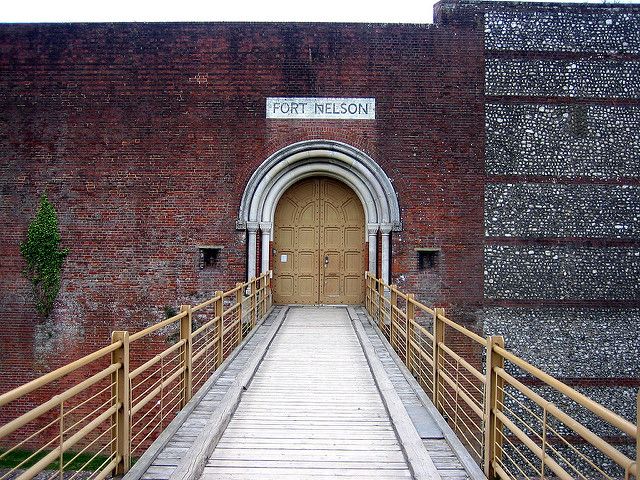To continue our celebration of this last year of AoS, here’s the ninth most popular post of all time on the website, first written in summer 2009.
xoxo, Tsh
The Countdown: 12 / 11 / 10 / 9 / 8 / 7 / 6 / 5 / 4 / 3 / 2 / 1
Building a blanket fort is a great way to engage with your kids in imaginative play, especially on hot or rainy days. They’re even more fun with friends or an overnighter inside.
There are lots of ways to create a blanket fort—the simplest is made by draping a king or queen-size sheet over a kitchen or dining room table. Add more room by turning the chairs with their backs facing the table, then drape the sheet over the chairs as well.
Another easy fort involves bunk beds—hang a sheet by tucking it under the top mattress and cover the bed below. The end of the bed is covered by a towel or small blanket… voila, fort!
But if you want to go beyond elementary building, take it to the next level. And no, not cardboard boxes.

Allow me to provide my qualifications—I’m a dad, and I’ve built hundreds of forts for my kids. I even lived in one for an entire childhood summer—it had two rooms, beanbag chairs, a bed, a small fridge, and a TV.
Supplies:
- Blankets, sheets, or quilts—and for added versatility, include a couple of fitted sheets
- Pillows
- Chairs
- Tables, a sofa, or a bed—something as a main anchor
- Clothespins or tape
Prep work and safety
After you’ve gathered all the supplies, you’ll need to prepare the space for construction. Look for a large space close to large furniture or a bed to use as a main anchor point. You’ll also need to clear out any breakable or valuable objects, as forts tend to be demolished once the kids move on to something else.
You’ll also want to stay away from small tables or pieces of furniture that could fall over on the kids while they play.

Building an awesome fort
Step 1
After you’ve located your space, spread a large sheet over the anchor piece of furniture, like the back of a sofa or the top of a table. In my house, we use our piano.
Handy tip: if you’re using the back of a sofa as an anchor, use a fitted sheet to hold it more securely.
Step 2
Spread out the sheet and drape it over other pieces of furniture. Use additional sheets and blankets to add more room in the fort. You can either overlap the sheets as they drape over the anchors, or secure them with clothespins or tape (you can also anchor down the corners and sides with heavy objects or books, although it’s not recommended since they could be pulled down on the kids as they play).
Step 3
Bring in chairs or a tall support of some kind to prop up the middle of the sheet. You can use a tripod, a bar stool, or another sofa. Avoid using lamps or other objects that can easily fall. Wherever you see sags in the sheets, simply bring in another chair or support to get the sheet to the desired height.
For advanced builders only: Mount removable 3M hooks in the ceiling, drop string from them, and attach clothespins or potato chip clips to the end of the string. Then clip the blanket or sheet to the clips in order to create a floating ceiling.
Step 4
Once the roof is up, use the extra blankets or pillows to fill in the gaps. You may not get every gap covered—no worries, just use that gap as another door or window.
Step 5
Create a front entrance. No fort is complete without a main door. You can use a pillow, or if you want to really get into it, use a cardboard box as a tunnel entrance.

Step 6
Stock it with necessary supplies. This will include whatever age-appropriate toys or items your kids want: stuffed animals, sleeping bags, flashlights, puzzles, flat-screen TV with DVD player, cold beer and pretzels (oh wait—those are mine). You get the idea.
Step 7
Step back and enjoy your awesome creation. It’s time to play.
One final tip: get in the fort with your kids. Let them be in charge of the play.



